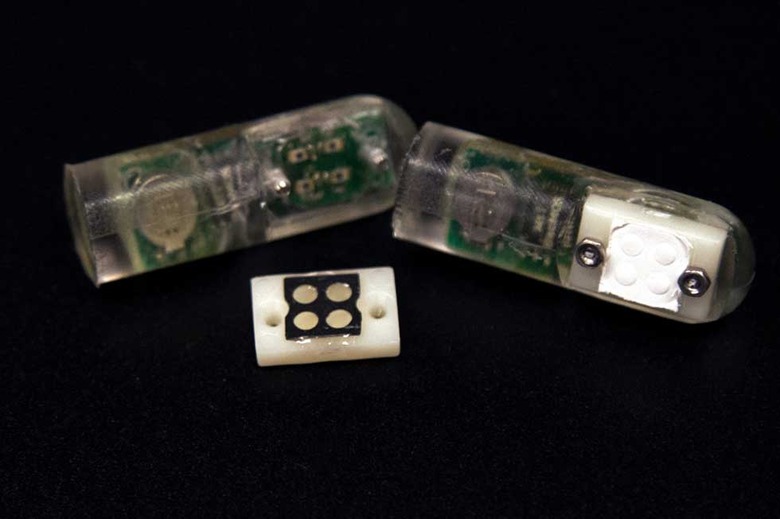MIT Developed "Bacteria On A Chip" Could Detect Gastric Bleeding
Researchers at MIT have developed a new ingestible sensor that features genetically engineered bacteria. The bacteria are designed to diagnose bleeding in the stomach or other GI tract problems. The "bacteria-on-a-chip" (not that kind of chip) combines a sensor that is made from living cells with ultra-low power electronics.
Those electronics can turn the bacterial response into a wireless signal that can be read using a smartphone. The sensor was designed to respond to a component of blood called heme and it has been demonstrated that the sensor works in pigs. Sensors have also been designed that are able to detect a molecule that is a marker for inflammation.
In the last decade, synthetic biologists have been able to make strides in engineering bacteria to respond to stimuli like environmental pollution or disease. The bacteria are able to produce output like light when a target stimulus is detected. Special lab equipment is normally needed to measure the response. The MIT team developed a chip that can turn the bacterial response into a wireless signal.

Putting the bacteria cells inside the device traps them and takes them along for the ride through the stomach and digestive system. In testing the scientists focused on finding bleeding in the GI tract. A probiotic strain of E. coli was engineered to emit light when it encounters heme.
The bacteria were placed into four wells on the sensor and covered by a semipermeable membrane that allows small molecules from the environment to diffuse through. Under each well is a phototransistor that can measure the amount of light produced by the bacteria and send that wirelessly to a smartphone or nearby computer. The cylinder-shaped senor is about 1.5-inches long and needs 13 microwatts of power and gets that power via a 2.7V battery good for about 1.5 months of use.
SOURCE: MIT
